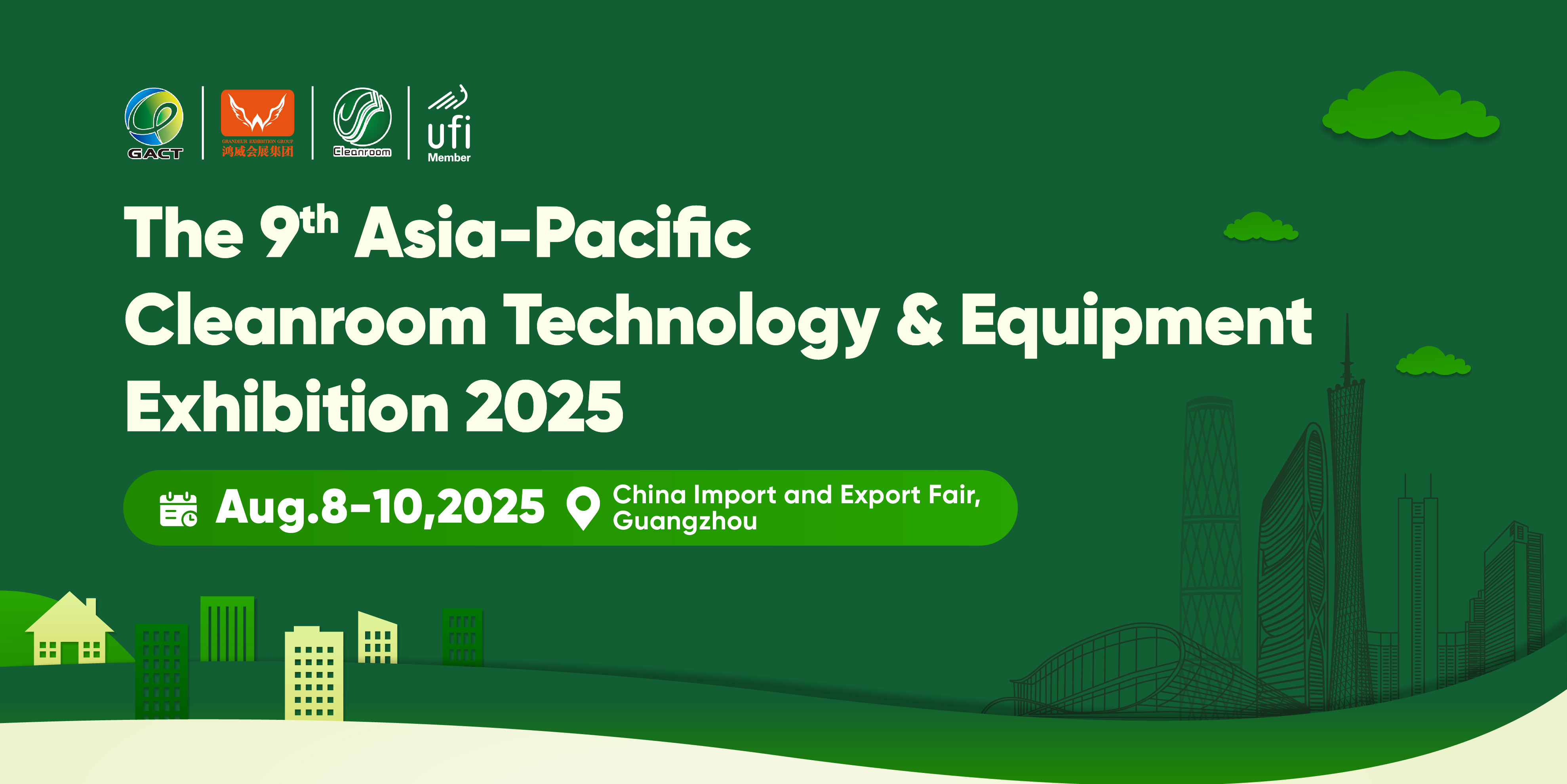Purification air conditioning maintenance program
19

06月
2025

Purification air conditioning maintenance program: the core secret of scientific maintenance to ensure a clean environment
In places with strict requirements on air quality such as medical treatment, laboratories, and food processing, the purification air conditioning system is like the "heart" of precision instruments, and its stable operation is directly related to the cleanliness of the environment. A set of scientific purification air conditioning maintenance programs can not only extend the life of the equipment, but also ensure the safety of air quality from the source. This article will deeply analyze the key technical points of professional maintenance and provide practical solutions for industry practitioners.
Refined component cleaning: the basic project of purification air conditioning maintenance
When the purification air conditioning system runs for more than 3,000 hours, a large amount of dust and microorganisms will accumulate in the internal components, which will directly affect the cleanliness of the air. The professional maintenance team adopts a three-step cleaning method: first, use polymer adsorption materials to remove visible pollutants, then use ultrasonic cleaning technology to decompose stubborn oil stains, and finally use nano-level detergents for surface passivation. This layered cleaning method can ensure that core components such as evaporator fins and filters meet the requirements of ISO 14644-1 standards.
Particularly noteworthy is the maintenance of the cooling tower system. The technicians will first collect cooling water samples for microbial testing. If pathogenic microorganisms such as Legionella are found to exceed the standard, sodium hypochlorite and hydrogen peroxide compound disinfectants will be used for circulation treatment. After the disinfection is completed, the system water must be completely drained, and the tower wall must be physically scraped and cleaned with a food-grade cleaning agent. This "chemical and biological double barrier" treatment method can effectively reduce the risk of cross-contamination.
Customized solutions: responding to maintenance needs in different scenarios
In special environments such as pharmaceutical workshops, the maintenance plan for purification air conditioners needs to be personalized in combination with GMP specifications. For example, a biopharmaceutical company once caused product contamination due to condensation on the inner wall of the air duct of the air conditioner. The technicians increased the temperature gradient control of the preheating section and combined it with a UV ozone compound sterilization system to increase the air cleanliness of the workshop from ISO Class 7 to Class 6. This customized solution often requires CFD flow field simulation to ensure that the airflow organization meets the process requirements.
For special scenarios such as hospital operating rooms, the maintenance plan emphasizes immediate maintenance. When encountering sudden filter pressure difference abnormalities, engineers will start the "dual-channel emergency mode": while replacing the high-efficiency filter, the spare purification module is enabled to maintain a positive pressure environment. This rapid response mechanism can ensure that the operating room returns to the cleanliness standard within 48 hours, avoiding the impact of equipment downtime on medical safety.
Intelligent operation and maintenance: the future direction of purification air conditioning maintenance
With the development of Internet of Things technology, more and more purification air conditioning systems are equipped with online monitoring devices. By installing PM2.5 sensors, temperature and humidity probes and differential pressure transmitters, operation and maintenance personnel can grasp the system operation status in real time. When a parameter exceeds the threshold, the system will automatically start the preset cleaning program. This preventive maintenance can reduce the failure rate by more than 60%.
In the actual application of a semiconductor manufacturing workshop, after installing an online automatic cleaning device, the equipment maintenance cycle was extended from once a quarter to once every six months. The device can effectively remove the accumulation of particles on the inner wall of the air duct through the principle of pulse hydraulic impact. With the AI algorithm to analyze historical data, the system can also predict the filter life and achieve precise control of maintenance costs.
Conclusion
A high-quality purification air conditioning maintenance solution is not only a simple equipment maintenance, but also an overall optimization of the environmental control system. From component cleaning to intelligent monitoring, from emergency response to preventive maintenance, every link must follow scientific standards. Choose a maintenance team with professional certification and perform regular systematic inspections to ensure that the purification air conditioning system continues to output clean air that meets the standards. With increasingly stringent air quality requirements, establishing a scientific maintenance system has become an important issue in modern industrial environmental management.


